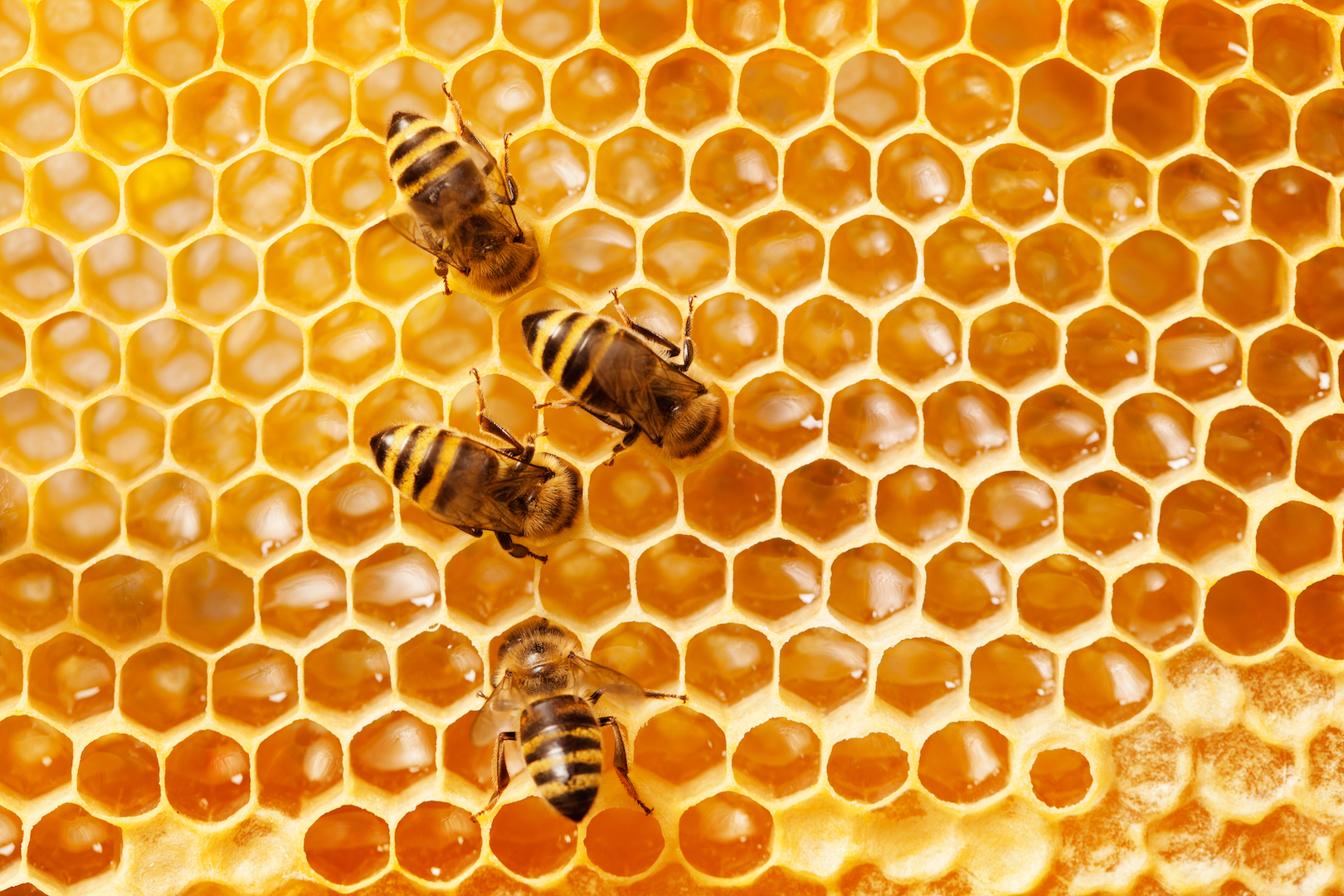The most important Information and facts about bees

A highly specialized form of animal husbandry that has been practiced for generations is beekeeping. Although it has gained popularity, geographical research has rarely included it as an activity.
In this article, we will review a lot of important information and facts about bees that you may need if you are a beekeeper we will present these facts about bees through questions and answers
What are the appropriate diagnoses for each of the following cases?
1- The presence of more than one egg inside the hexagonal eye, scattered and irregular, with no adhesion to the hexagonal eye

The answer: False mothers.
2- The workers gather in front of the hive with an unusual annoying buzz with the bees flying in a circular shape with no tendency to sting
The answer: prepare for expulsion
3- The presence of bees with deformed wings that are small in size and have no ability to fly.
Answer: Varroa.
The beekeeper infers the signs of the flood season by:

1- The abundance of flowers in the fields.

2- Waxing the tops of the tires by seeing new white wax on the tops of the tires.
3- Preoccupation with bees to collect nectar and return.
4- Building waxy growths in the case of a small number of frames in the cell.
5- Note the increase in the amount of immature honey in the tires.
Important notes and facts about bees:
1 – When there is an imbalance between the work of the maids and the construction of royal houses and the sect is crowded with bees and there are no new tires, the eviction process occurs
2- When the queen is lost and there is no open brood (eggs and larvae), false mothers are formed.
3 – The presence of more than one egg inside the hexagonal eye, scattered and irregular, with no adhesion to the bottom of the hexagonal eye, these are false mothers.
4 – Workers gather in front of the cell with an unusually annoying buzzing
5- Bacteria are the cause of both European and American brood rot
6- The absence of the queen pheromone is one of the reasons for the appearance of false mothers
Important tips and facts about bees::
1- Paying attention to the periodic examination every week or more and according to the seasons of the year.
2 – Execution of the queens’ homes and the addition of empty wax tires, provided that they are around the brood and not in the middle of it.
3 – Changing queens who are old or not inclined to collect honey, and this is known by their laying eggs and the shape of their brood.
4 – Getting rid of the old black wax tires and replacing them with the wax foundations.
How long do honeybees live?
Queen: 3-5 years.
Worker bees: 6 weeks during spring, summer and fall and up to 4-5 months during winter.
Males(drone bees) : They die shortly after mating. Maximum age 4 months.
BRINGING A BEE BACK TO LIFE

One of the most interesting facts about bees that you ever knew is that you can bring a bee back to life again. It may just be resting if you find a bumblebee that appears to be struggling, especially if it is a queen bee in the early spring. The best thing to do is gently place the bee onto a flower that is friendly to bees if you believe it is struggling. If there aren’t any flowers that are good for bees around, make a 50/50 mixture of white sugar and water to give the bumblebee a temporary energy boost and the carbs it needs to fly. Offer a drop or two of sugar water up to the bee’s front end on a teaspoon or an upside-down drink cap in a protected area, and give it time to heal.







